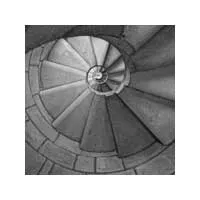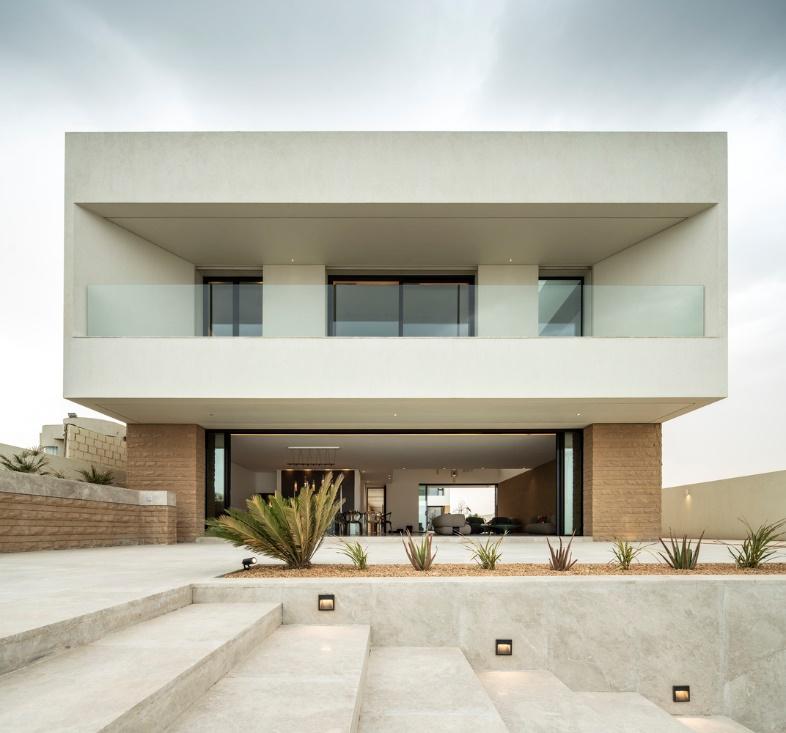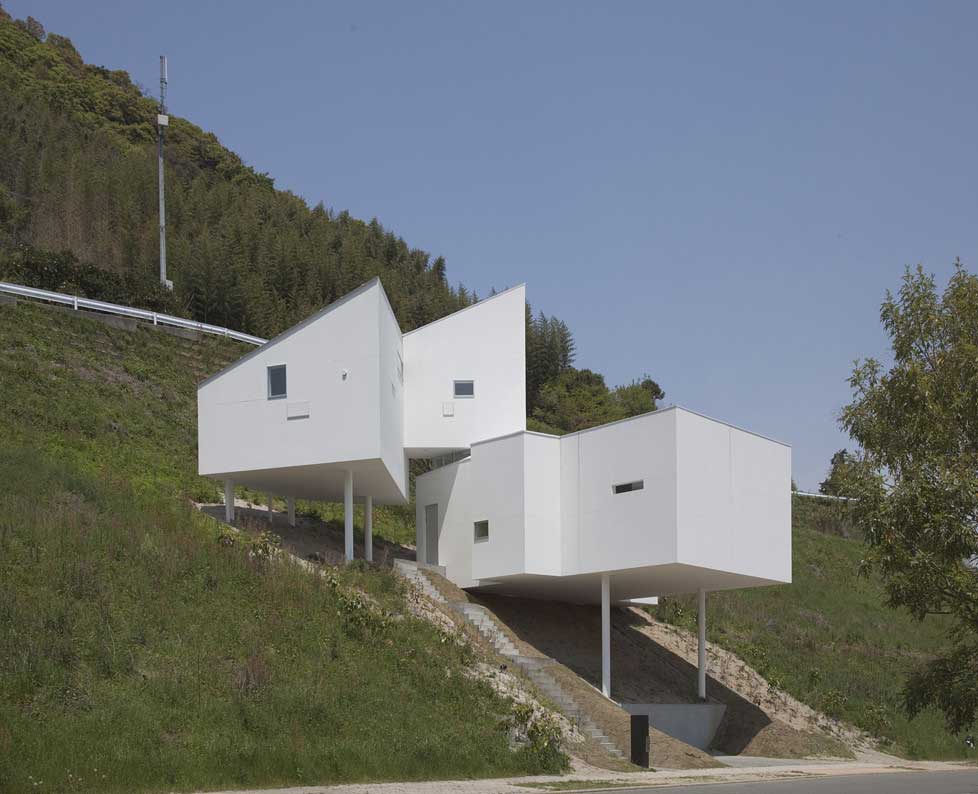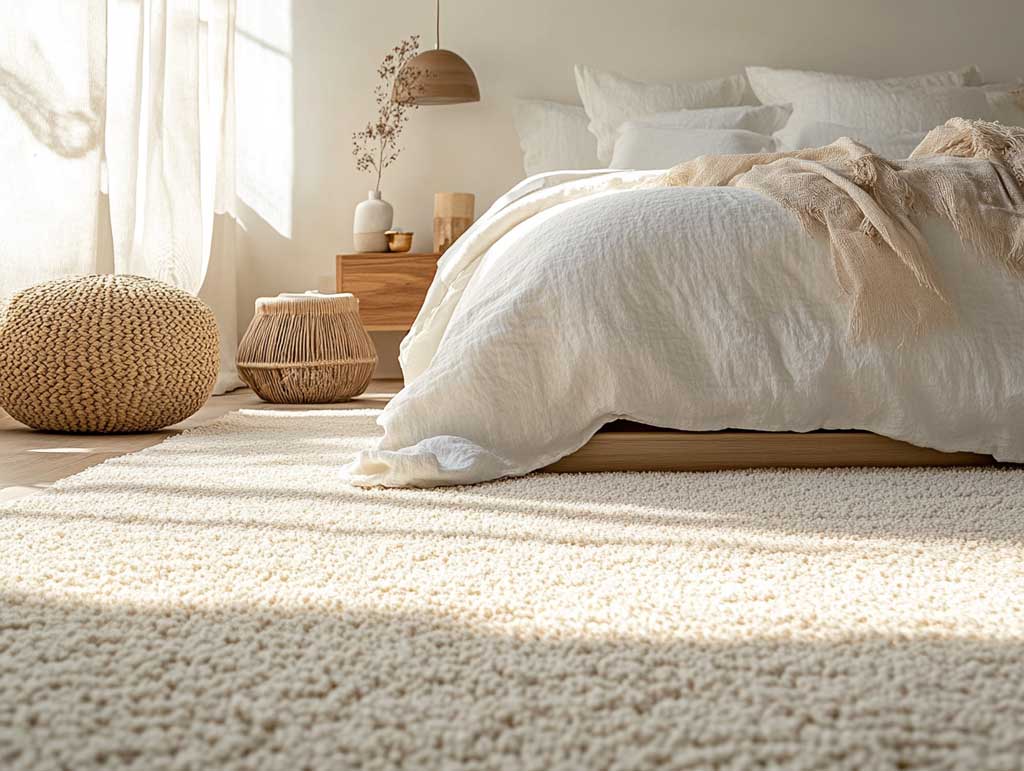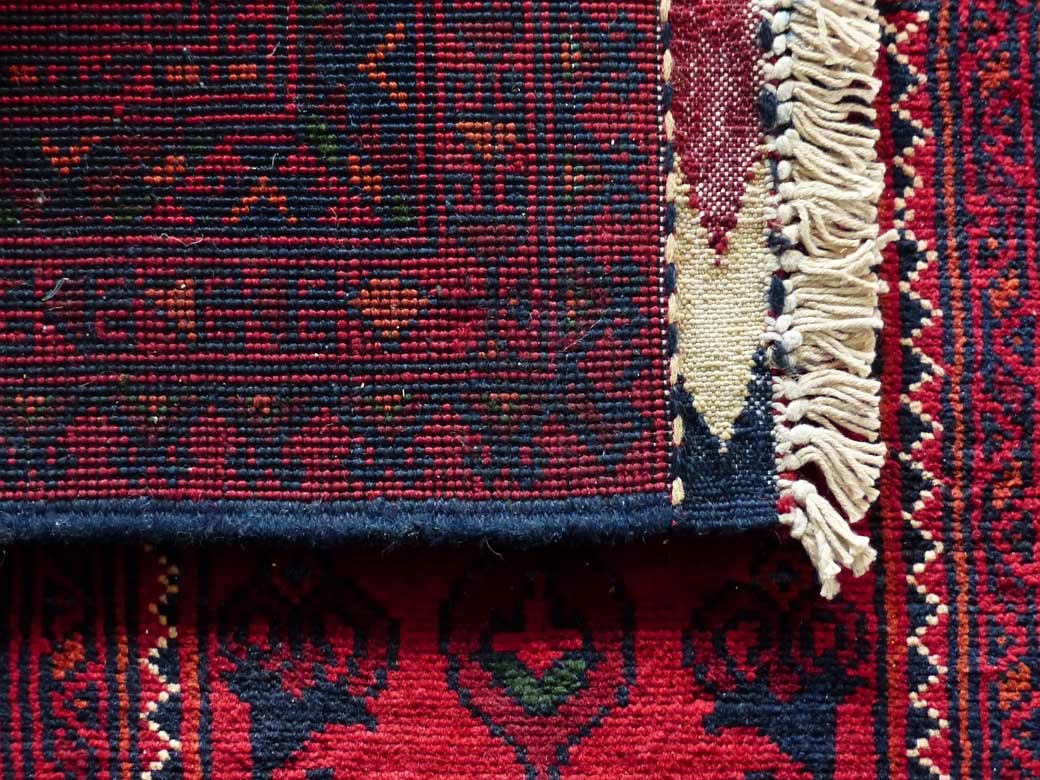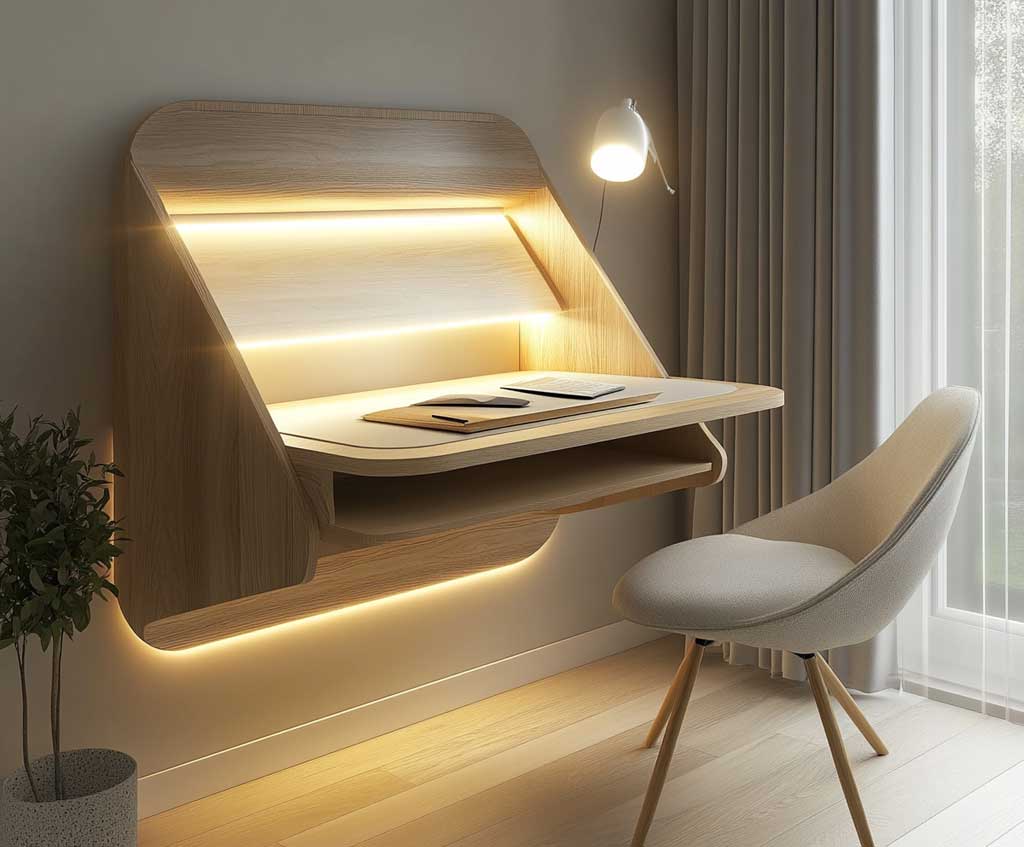In the world of modern minimalist interiors, selecting the perfect colour for room wall can transform a plain space into a serene, stylish sanctuary. These homes thrive on simplicity, clean lines, and subtle sophistication. The right hue supports this aesthetic, offering a soft backdrop or a statement contrast depending on the mood. Minimalism is never boring—it’s about choosing wisely, where every tone matters. Below, we explore thoughtfully curated color choices for walls that bring out the best in minimalist living, supported by specific visuals and creative direction.
Soft Neutral Colour for Room Wall in a Minimalist Living Space
A minimalist living space thrives when it blends quiet charm with balanced design. One of the most effective ways to achieve this harmony is through a colour for room wall that leans toward soft neutrals. These hues—like sandy beige, warm ivory, and soft stone—create an airy yet grounded atmosphere. They allow light to reflect gently off the walls, enhancing the open feeling that minimalist design depends on.



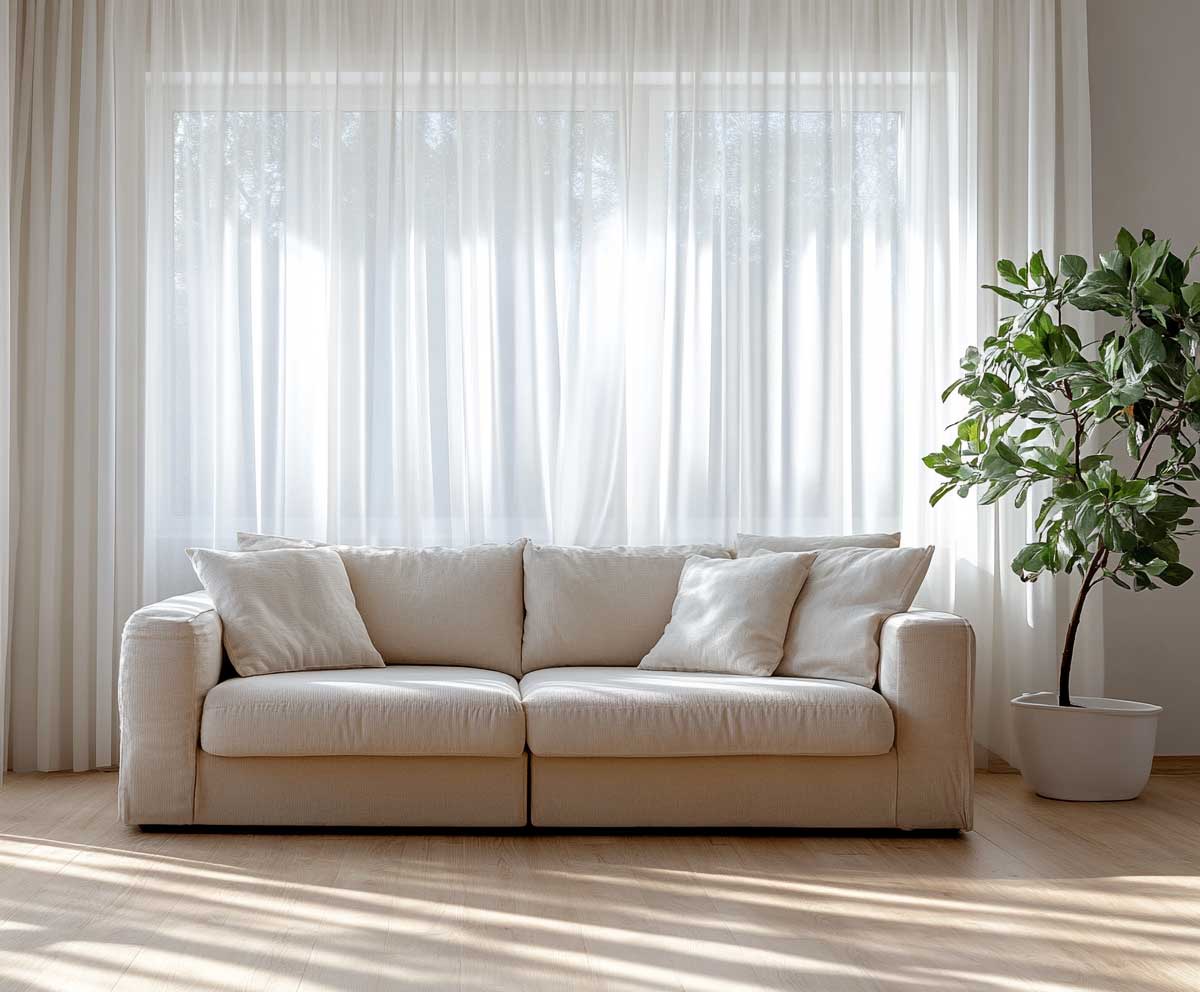
This type of wall color doesn’t overwhelm. Instead, it complements low-profile furniture and a streamlined layout. In a room with pale wood floors and crisp white drapes, a beige wall instantly introduces warmth without disrupting the simplicity. It acts as a canvas for texture—linen cushions, woven rugs, and ceramics can take center stage without visual chaos.
Choosing this kind of colour for room wall supports a calm energy. It invites rest and focus, ideal for homes where mindfulness is valued. Unlike bolder choices, soft neutrals remain timeless. They transcend trend and remain relevant through shifts in furniture or art. In fact, even subtle décor changes—like a dried floral arrangement or a clay vase—pop more against such a subdued backdrop.
Layering becomes easier too. A room painted in a light mushroom tone can accommodate off-white or light gray textiles. Even when the palette remains limited, depth builds through subtle contrast. This effect is ideal in modern homes where fewer items are displayed, but each one is intentional.
Ultimately, soft neutrals as a colour for room wall offer a foundation that works all year round. Sunlight softens them during the day, and evening lighting turns them warm and cozy. It’s not just about looking clean—it’s about making space feel effortlessly composed.
Tonal Layered Colour for Room Wall in a Modern Bedroom
Modern bedrooms should exude tranquility without looking cold. The secret lies in selecting a colour for room wall that incorporates tonal layering. Think multiple shades of the same hue—soft gray merging into ash, or pale taupe fading into deeper beige. This approach adds quiet richness and allows minimalist spaces to express depth.




Tonal layering doesn’t rely on bold statements. Instead, it’s about gentle transitions that feel restful. A wall painted with subtle gradients or carefully sectioned tones brings complexity without chaos. It matches the minimalist principle of “less but better.” In a bedroom, where rest and mental clarity are essential, such a wall color becomes an atmosphere in itself.
Imagine entering a space where the walls gently shift in hue, echoing the fabric of your bedding or the texture of your rug. This choice in colour for room wall supports other elements without competing. A light gray headboard, a brushed linen duvet, or pale wood side tables all feel elevated when the backdrop isn’t flat but softly nuanced.
Natural lighting adds another layer. During the day, shadows reveal the gradients in the walls, while warm evening lights make the tones cozier. Even artificial lighting—like bedside sconces—casts subtle plays of light across the tonal textures, making the room feel more alive, even in stillness.
The beauty of this approach is how flexible it is. You’re not locked into a single hue, but you don’t break the minimalist code by using too many. It’s still clean, still cohesive—just with more soul. As a colour for room wall, tonal layering helps create spaces that feel designed with care.
Whether it’s soft blues, warm taupes, or muted greens, using tone-on-tone allows for personality to peek through, all while preserving the balance that makes minimalist bedrooms feel like retreats.
Dark Monochrome Colour for Room Wall in a Sleek Kitchen
Dark monochrome shades aren’t just bold—they’re refined, especially in a minimalist kitchen. Choosing a deep, saturated colour for room wall like charcoal, slate, or matte black gives the space dramatic structure without overwhelming it. These tones work beautifully with the clean lines and industrial finishes that define a modern kitchen.




A monochrome wall color provides contrast against metallic accents and pale countertops. When paired with minimal cabinetry—especially matte or handleless designs—the wall becomes a grounding force. Even simple bar stools or pendant lights gain presence when backed by a dark tone.
Many assume dark colors close a room in, but in a minimalist space, they do the opposite. Because everything else is pared back, a single dark colour for room wall creates a focal point. It adds gravitas, making even small kitchens feel intentional and styled.
Light also interacts differently with these hues. In natural light, dark walls soften and show texture—perfect if your wall has a plaster finish or exposed concrete. At night, under strip lighting or pendants, they create depth and mood. These visual shifts make the kitchen feel dynamic, not static.
Storage, too, benefits from the monochrome theme. Black shelves or charcoal cabinets disappear into the background, making space look less cluttered. And any open shelving or displayed objects—like white plates or copper utensils—stand out more, framed by the bold background.
Using a deep tone as a colour for room wall might feel daring, but within minimalist kitchens, it’s a mark of maturity in design. It’s for those who understand that minimal doesn’t have to mean pale. Sometimes, a shadowy tone says the most—with just one bold brushstroke.
